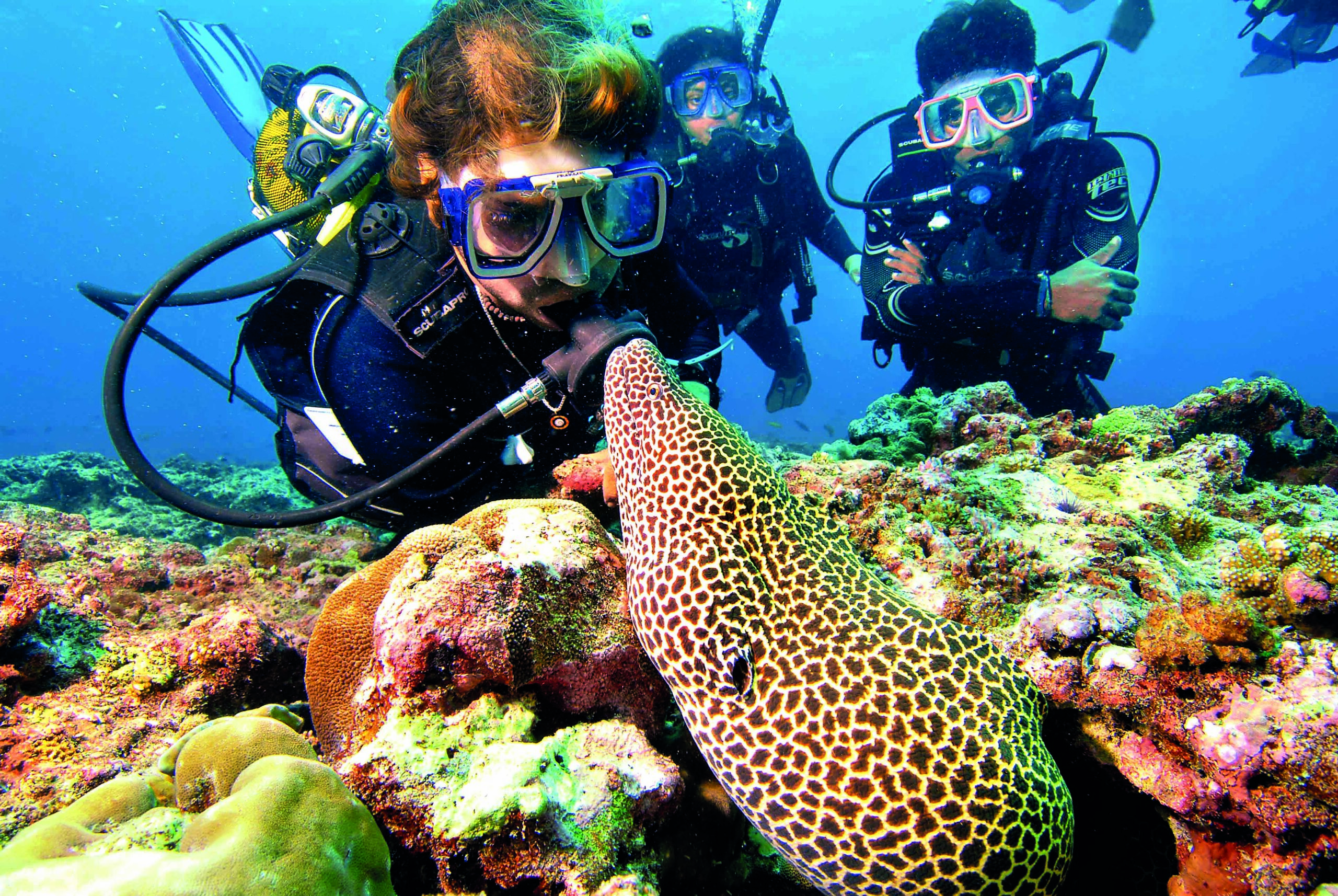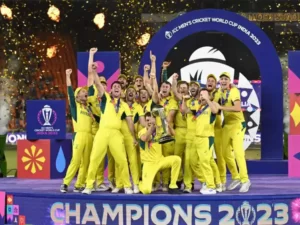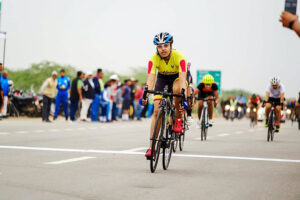SCUBA Instructor Seemant Saxena shares his tale of embarking on the underwater journey and traces the origin of the recreational sport
The world under the surface of the ocean is filled with magic. That’s what Seemant Saxena, an internationally-certified SCUBA instructor with over two decades of experience, feels. Saxena, who has over 8,000 dives and over 300 certifications to his credit, says it isn’t a radical or extreme sport but a privilege of seeing another world; one you can’t imagine till you don’t take the plunge! “The beauty of this world is magnificent. You will see ten times more (underwater) than what you will witness in the most beautiful forests in terms of diversity, colours, form, shapes and sizes,” he explains.
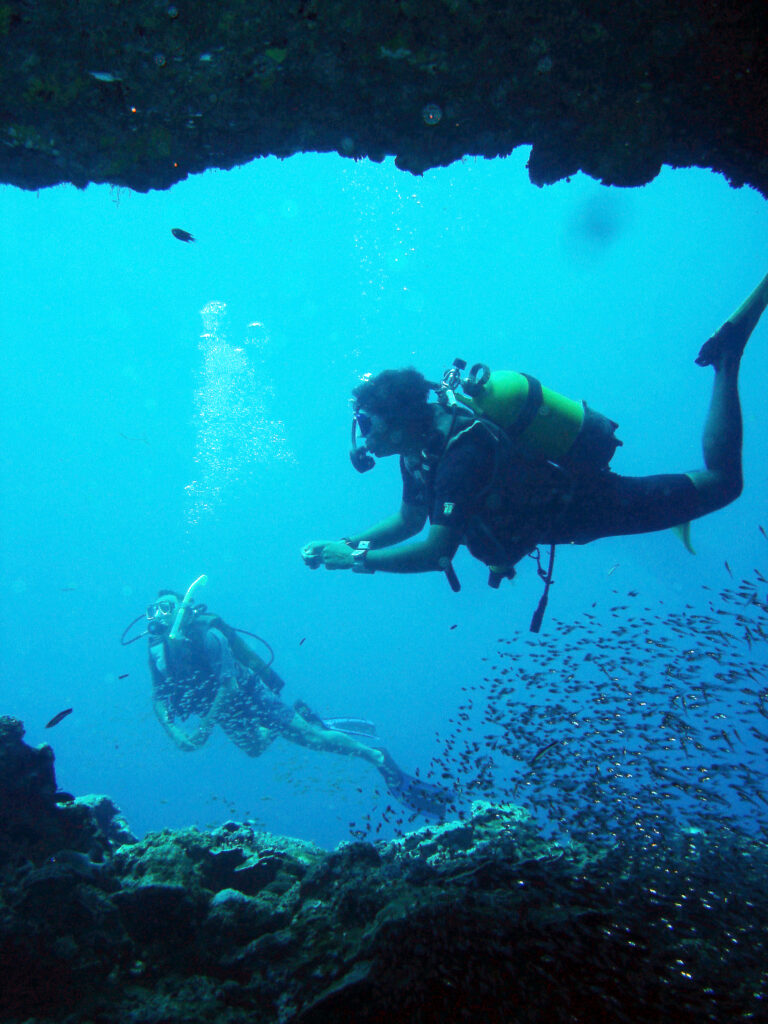

Born in an Indian Naval family around a father and brother in the Navy, Seemant developed an affinity towards seas and oceans quite early in his life. He grew up by the sea—surrounded by ships and the sea. As fate would have it, he was introduced to SCUBA diving when he landed up at Lakshadweep Islands working at the Bangaram Island Resort (an initiative of Casino Group of Hotels). He had after completed a diploma in Hotel Management from the PusaInstitute of Hotel Management (IHM), Jaipur and worked in the Hospitality sector for 4 years already. During his stint at the Bangaram Resort, he started snorkeling in the lagoons of Lakshadweep. “This was the beginning. I was offered some training at the Lacadives Dive Centre, and my first few dives in Lakshadweep. I was hooked!I lost myself into the world of diving at the age of 25,” he said.
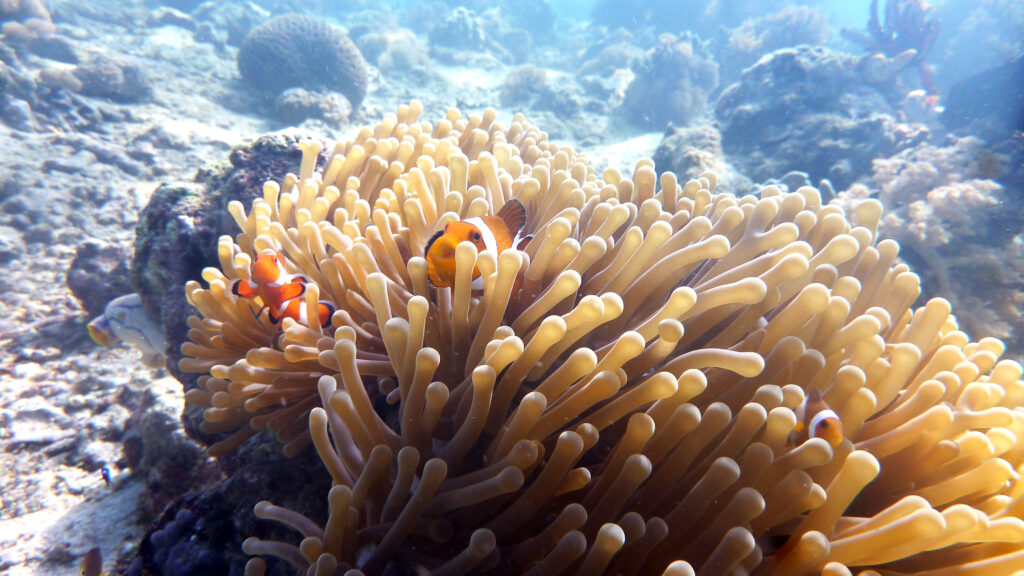
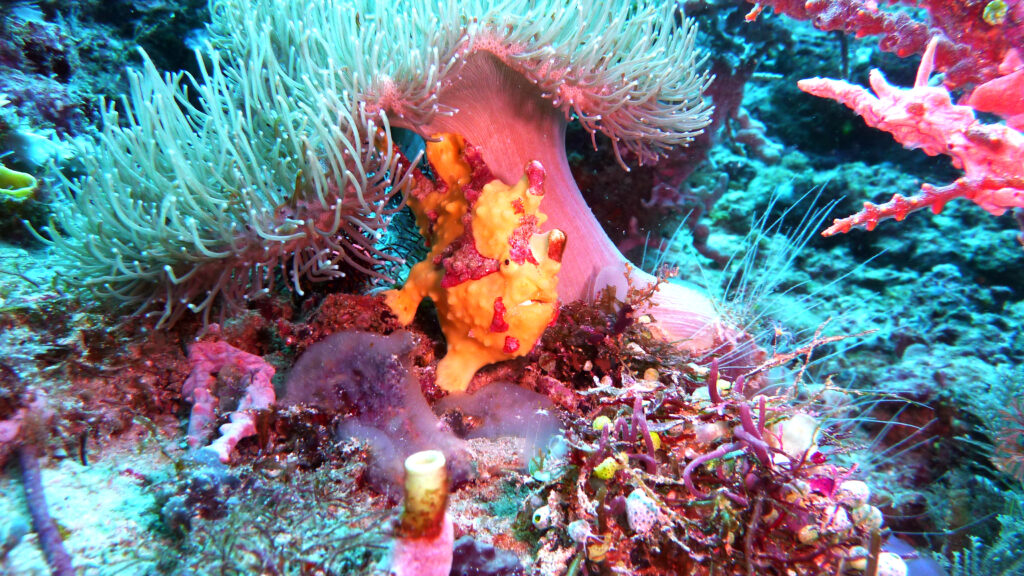
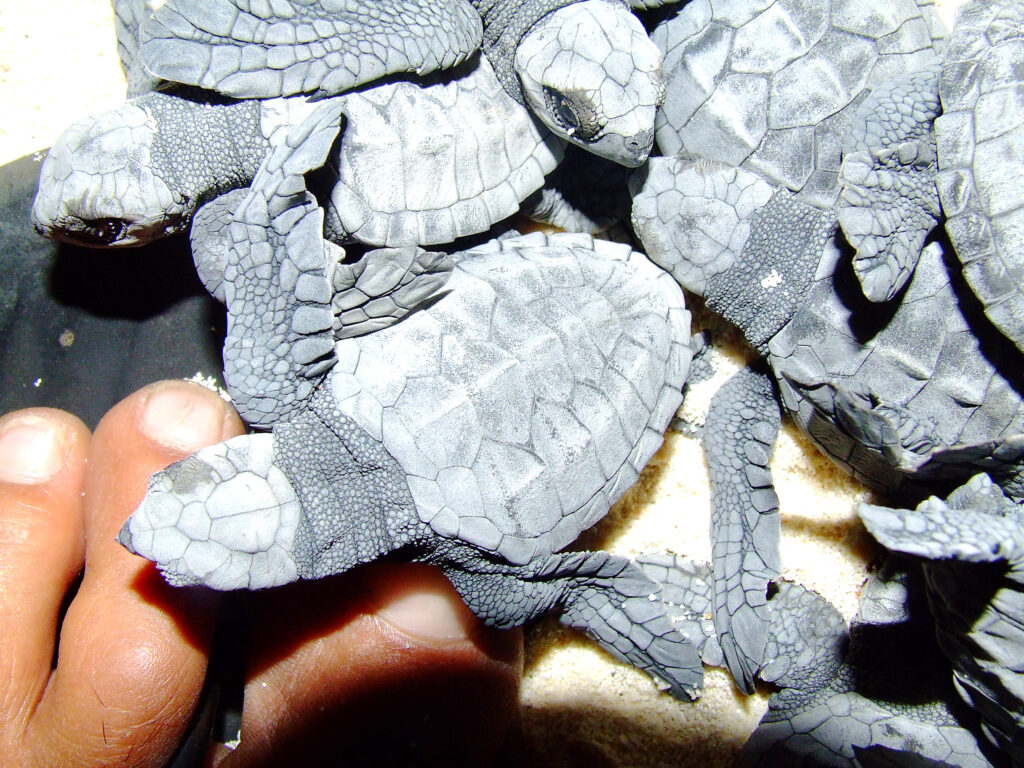
In 2002, he exited Hospitality and joinedLacadives—India’s premiere SCUBA diving centres for over 25 years started by Ad-Guru PrahladKakar in the Lakshadweep islands—and certified as a CMAS (World Underwater Federation) Instructor after completing all levels from Beginnerto Instructor over 9 years in Lakshadweep. In 2010, he Crossed-Over to add a rating from the Professional Association of Diving Instructors (PADI)—a recreational diving membership and diver training organisation founded in 1966, and went on to become a PADI instructor as well.
He went on to be part of an opening team for a new Lacadives Dive School in Andamans, worked in Dive Goa for a season and felt confident to start his own Scuba Center in 2012. Saxenaplayed a key role in co-founding a SCUBA dive centre, Absolute Scuba (India), in Pune. As Pune’s first ever full-fledged SCUBA Training and Dive Travel centre, they introduced and certified many new divers in Pune and around.
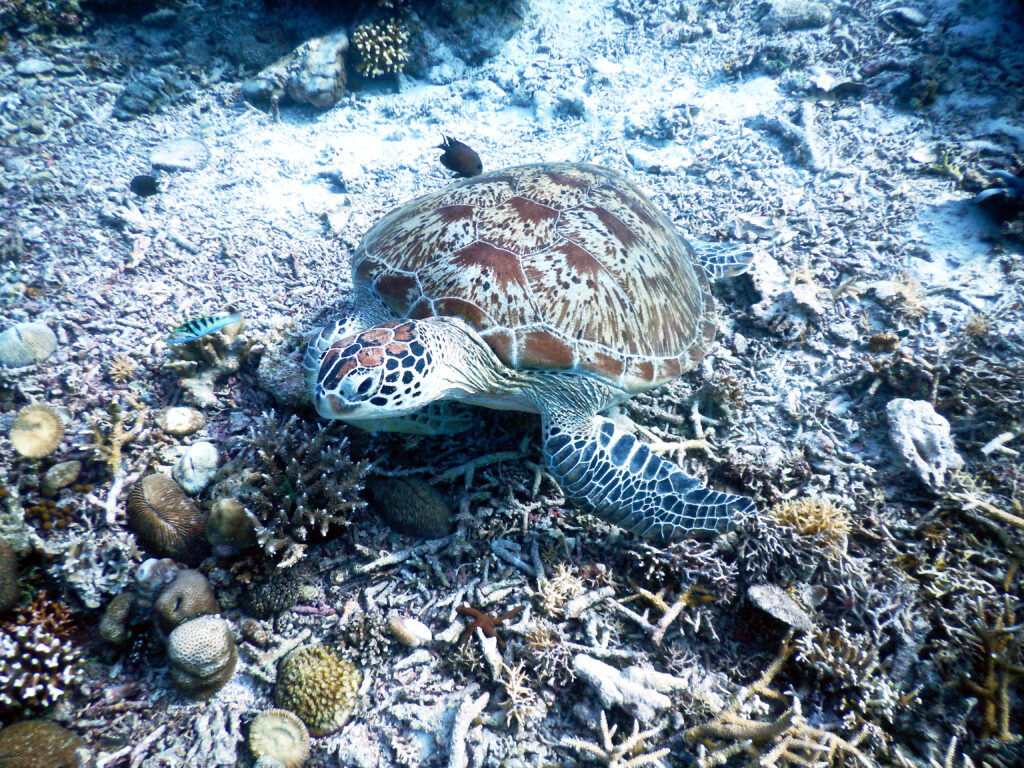
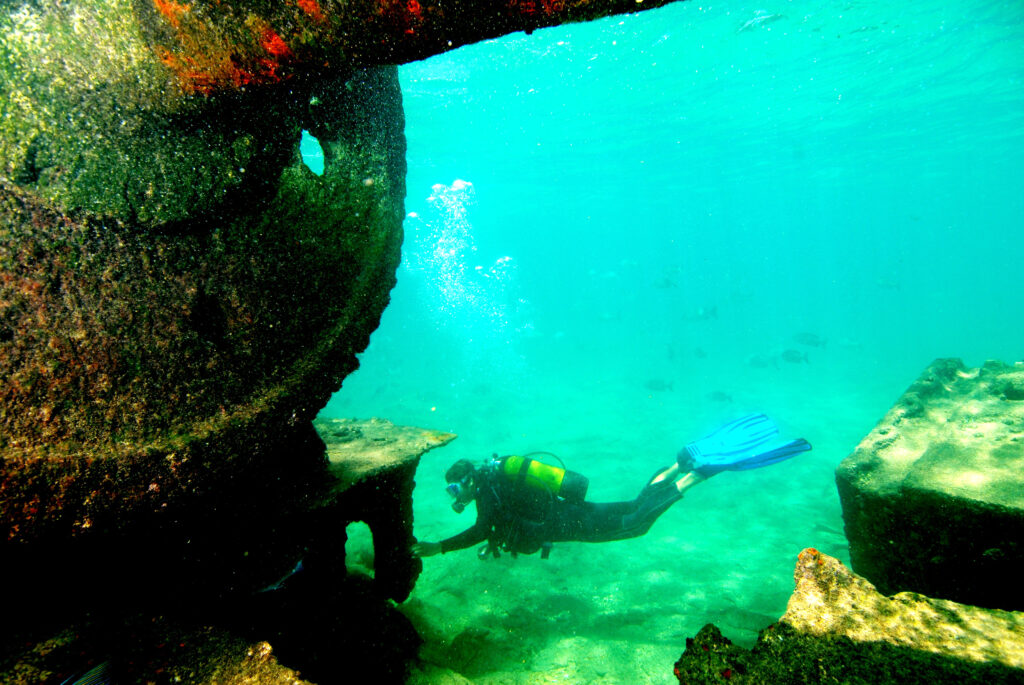

Saxena also travelled and dived far and wide; his experiences took him diving from the Red Sea in Egypt to Oman, Maldives, Sri Lanka, Thailand, Indonesia, Philippines amongst others. One of his key achievements has been to plan and achieve India’s only SCUBA based an entry into the Guinness Book of World Records. “At Absolute Scuba, we trained the members of an entrepreneur forum for about six months. About 182 members broke the existing record and created the “longest human chain underwater” to create and made a new record in 2016 at Koh Tao Island in Thailand,” he recollects.
Over two decades later, and after being an active member of India’s thriving Professional SCUBA diving community, he is now a part of Scuba Schools International (SSI)— an acclaimed International diving organisation that has supported dive businesses and resorts since 1970. “SSI is the world’s largest business-based training agency, with 50 plus years of business experience, servicing more than 3,300 SSI training centers worldwide. SSI offers more than sixty programs in forty languages, including Scuba Diving, Extended Range (or Technical Recreational Diving) programs like Closed Circuit Rebreather and Overhead Environment, Freediving, Mermaid, Swim, and Lifeguard,” explains Saxena, who is presently General Manager at SSI India.
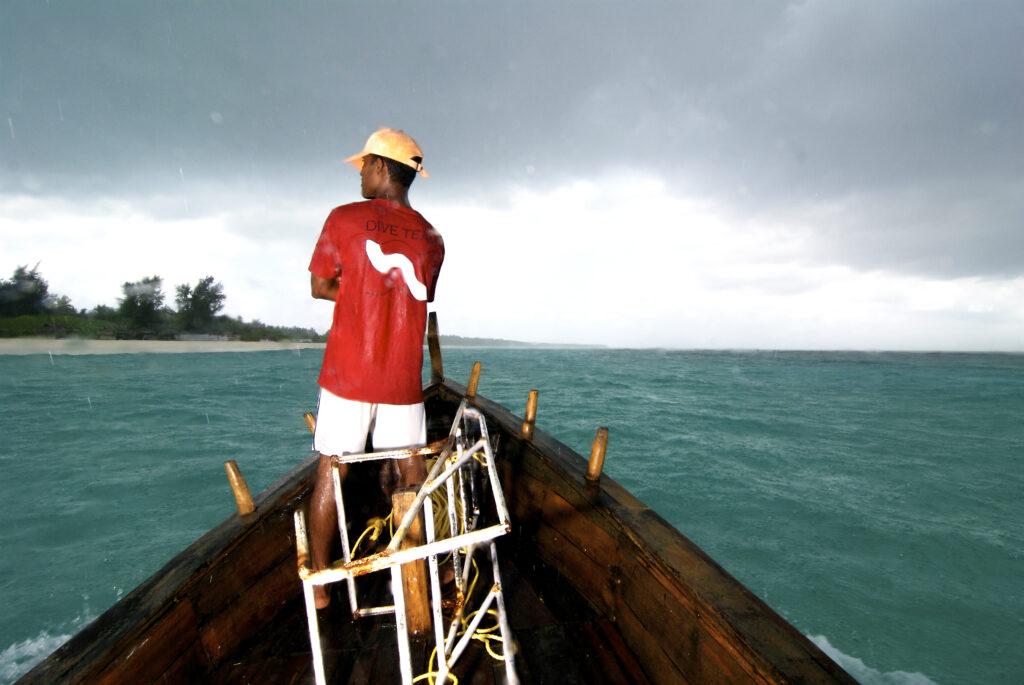
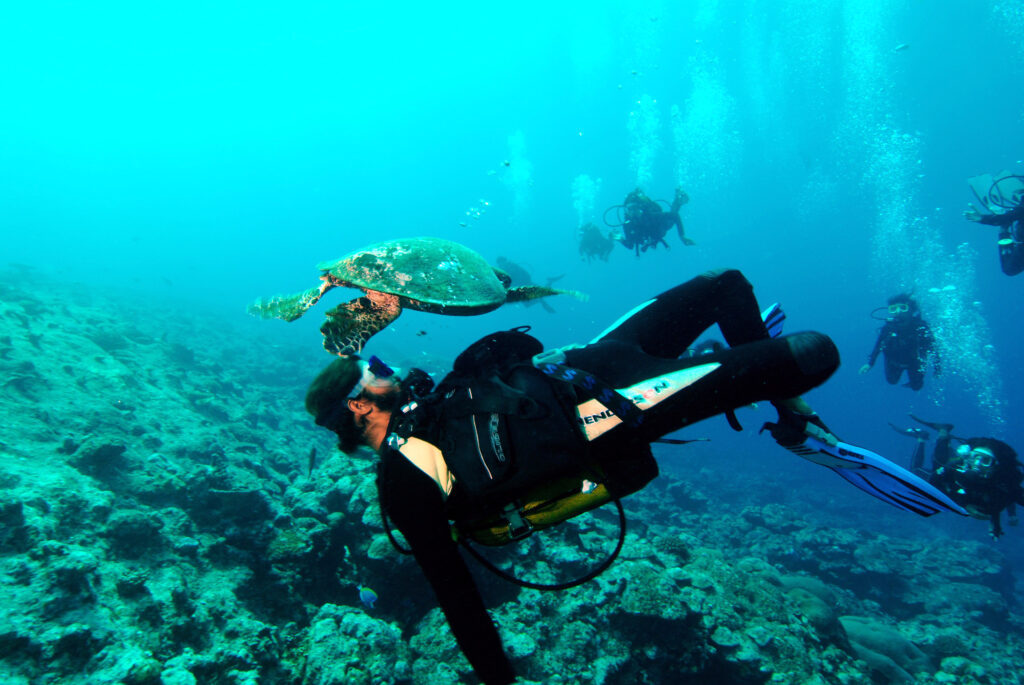
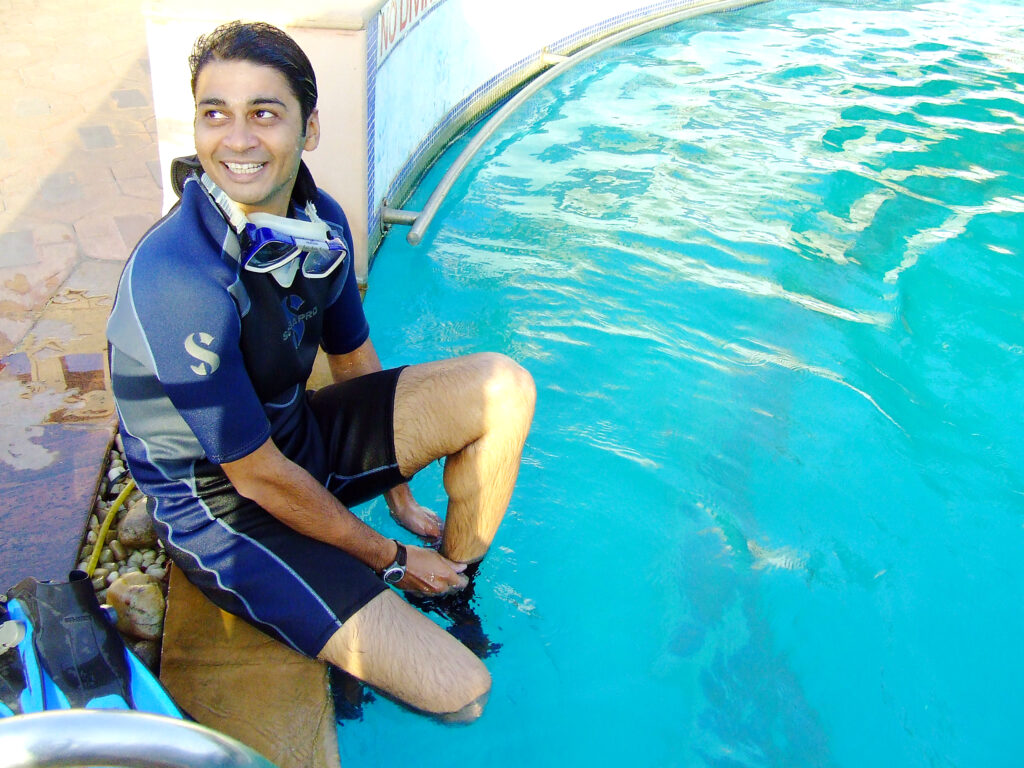
“India boasts of almost 25 SSI affiliated training centres between our East and West coasts and islands, and they represent some of the finest philosophies of SCUBA training centres in terms of a qualitative and safe approach to SCUBA diving as a recreational adventure sport”, says Saxena.
What’s SCUBA?
SCUBA is an acronym that stands for Self-Contained Underwater Breathing Apparatus. There are various disciplines and branches to Scuba diving. However, for most, Scuba diving is an activity they do recreationally as a hobby sport for life. Recreational SCUBA diving often is done off dive boats to experience the unbelievable dive sites underwater. Recreational divers are trained in the use of SCUBA and learn not only practical but theoretical aspects of the sport too. It is this internationally consistent training that “certifies” SCUBA divers and allows them a lifelong access to 70% of our Blue Planet!
In its essence, Recreational Scuba diving is a non-competitive, buddy sport. It’s very approach is to safely enter the liquid world and admire its wonders without disturbing the fragile environment. For many divers, their Scuba diving certification (or license) has become a Passport of a different sort – to plan their holidays differently and visit many internationally famous diving destinations which are always tourism friendly places. Manyalso progress from being recreational divers to making scuba diving a profession. There are multiple professional SCUBA diving careers, including becoming ProfessionalDivingInstructors, underwater photographer or even a marine biologist or archaeologist to help with underwater conservation or research.
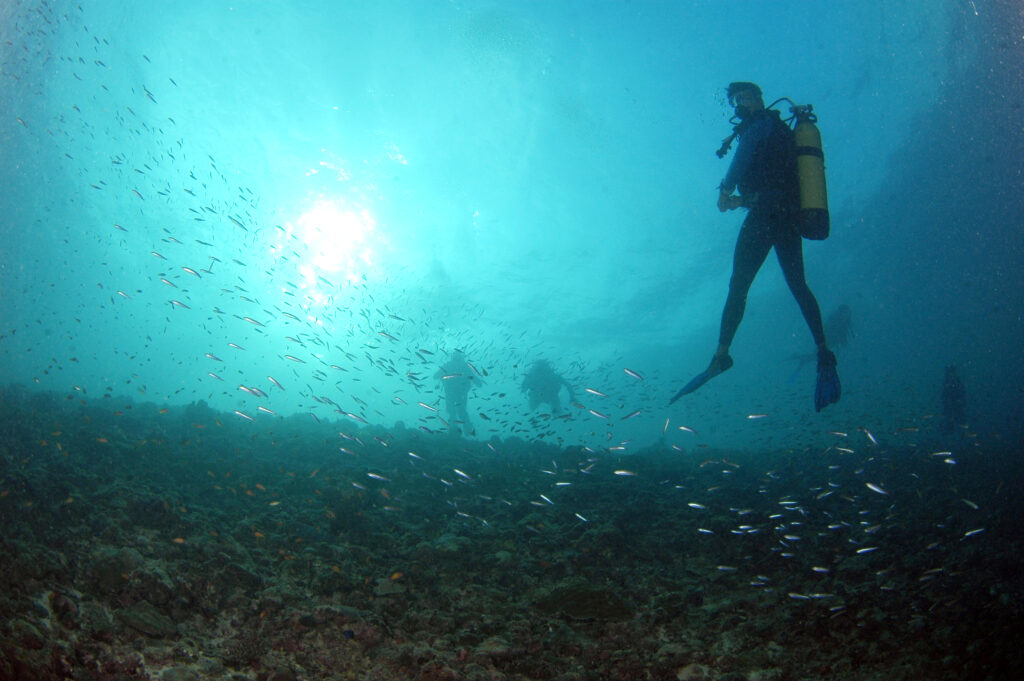
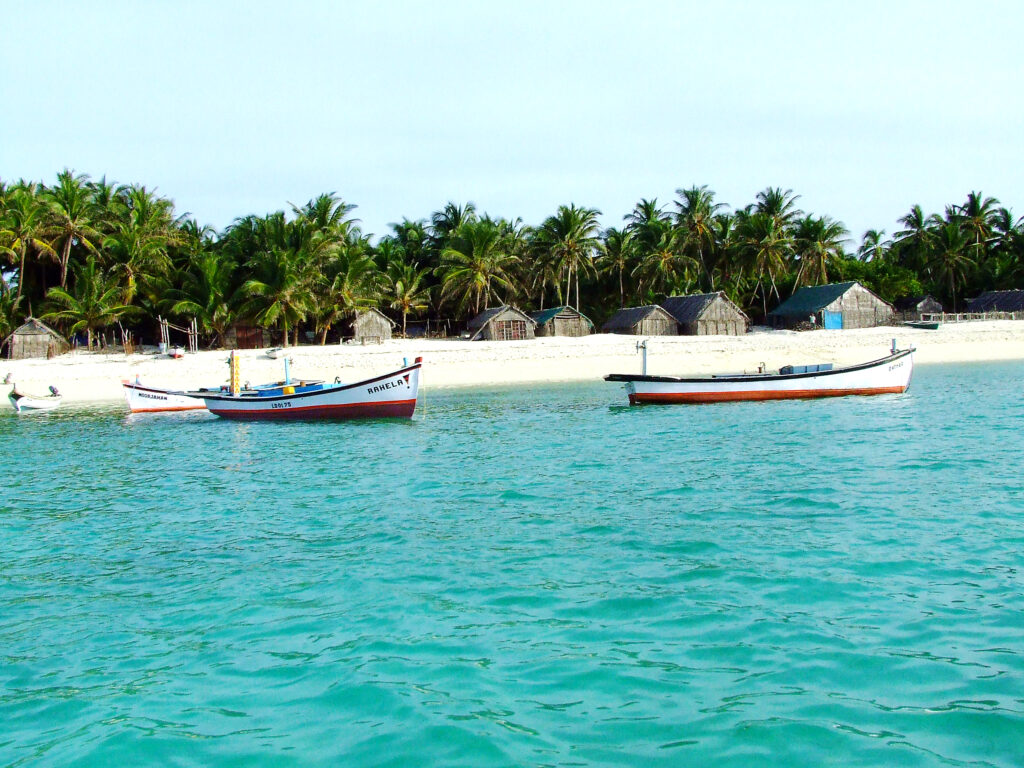
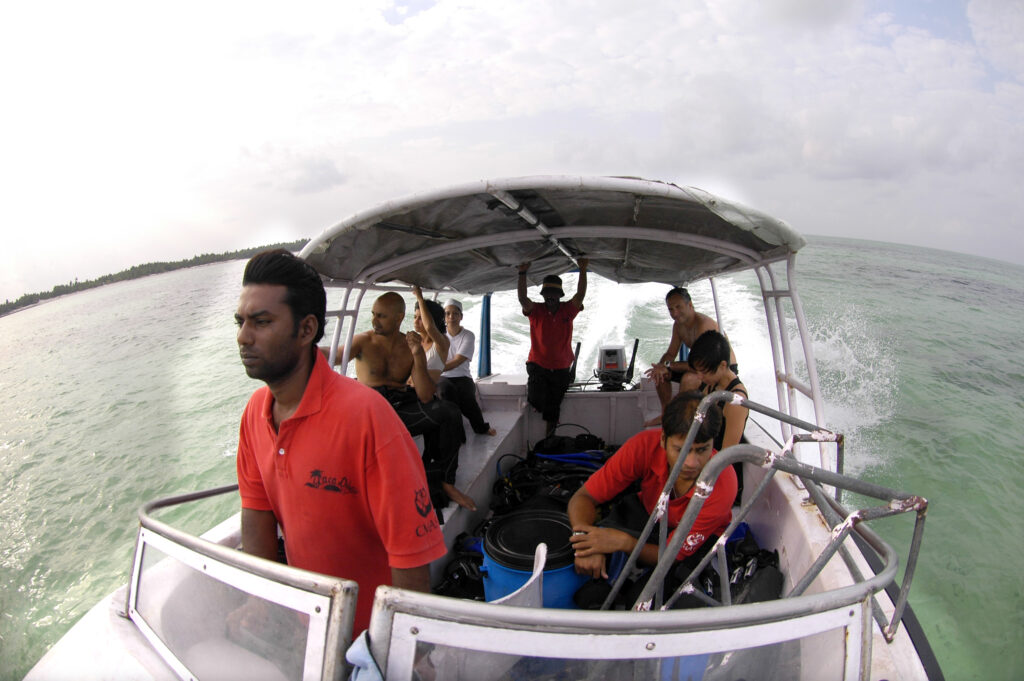
Invention of Aqua-Lung & SCUBA’s popularity
The masks, fins, snorkels and freely-flowing breathing apparatus were all developed into their basic forms in the 1930s. During 19th century, attempts were undertaken toconstantly improve diving apparatus. In 1943, French Naval Lieutenant Jacques Cousteau and the French engineer Émile Gagnan developed the first Demand-Valve based compressed-air Aqua-Lung to help divers carry their own supply of air with them and breathe on demand.
According to Saxena, the origins of recreational SCUBA diving and the sport dates back to a period after World War II. “By World War II, a lot of diving activities and researchwas happening in countries with an advanced Navy.It was also being done commercially. After World War II, simpler and easy to use SCUBA equipment was developed for recreational use. Until then, diving was done while having an umbilical air support from the surface. The divers used to have helmets and cumbersome equipment to be at the bottom or held by ropes. The invention of the Aqua Lung with its portable air cylinders and demand-based breathing regulators “cut off the umbilical” literally – it changed the game completely and led to free and untethered exploration of the depths” explains Saxena.
Thus, Aqua-Lung became the first open-circuit, self-contained underwater breathing apparatus (or SCUBA) to have garnered worldwide popularity and commercial success. Cousteau also worked to develop underwater cameras and photography and popularised the sport through a documentary titled Le Monde du silence (1952; The Silent World). The invention caused a revolution. Divers now had a compact and reliable system capable of a greater depth range and endurance than its precursors. This invention was a major factor influencing the development of recreational scuba diving after World War II. Dive Clubs were formed after 1943 as fast as SCUBA equipment became available.
World Underwater Federation (CMAS) &standardisation of Scuba
In 1958, the first Federation of diving came up. Spearheaded by Jacques Cousteau himself, it was called the World Underwater Federation (CMAS) involving over 150countries. The Federation draftedstandardised guidelines and stressed upon the need to take up training for the sport so that people could practice the sport safely and confidently. They laid down worldwide standards for the diving centres to follow. A few years later, otherAgencies like SSI, PADI, NAUI and others also came into existence soon after and introduced recreational divers to the fascinating world of Scuba diving. The standards that are followed are in accordance with ISO and RSTC (Recreational Scuba Training Council) guidelines.
Today we have about over 15International Agencies for training and certifying divers and Professionals as per the standard guidelines, adds Saxena. “The agencies act like universities which set the syllabus;diving schools and centres are affiliated to those they choose and they follow the syllabus (Standardised Guidelines) in their daily operations and training courses.” says Saxena. In India, at present there are over 40 reputed SCUBA schools and dive centres, affiliated to Agencies like SSI, PADI and others.
Diving in India
India has over 8,000 kilometers of coastline and unique islands that make for good diving experiences. Here is a short (and non-exhaustive) list of destinations and some noticeable Dive Centres that operate there:
West Coast: Goa &Netrani Island (Murudeshwar, Karnataka)
- Dive Goa at Goa and Netrani
- West Coast Adventures at Goa, Netrani and Kapu
- Barracuda Diving at Goa
- Shanti Divers at Palolem, South Goa
East Coast:
- Salty Bone at Chennai
- Ocean Delight at Mahabalipuram
- Temple Adventures at Pondicherry
- Wild Blue Diving at Tuticorin
Andaman Islands: Havelock & Neil Islands:
- Dive India at Havelock & Neil Is.
- Seahawks Scuba at Havelock
- Eco Divers at Havelock
- Ocean Tribe at Havelock
- Dive Tribe at Neil Is.
Lakshadweep Islands:
Some diving is available under Department Of Tourism Diving Centres on select islands
For non-swimmers:
All Scuba diving centres and Agencies offer Introductory experiences to enthusiasts, even non-swimmers as long as one is medically fit to go diving. This screening is done in advance via Medical Questionnaires and Registration forms etc.
These are usually hand held and guided shallow dives on colourful reefs after some shallow water training to get a few basics right before going deeper with a qualified Scuba Professional. These are open to all above 10 years for getting a taste of what the underwater world on Scuba looks like.
For swimmers:
As long as one is over 10 years of age and is a comfortable swimmer who can swim 200 meters freely in one go as well as float (or tread) in deep water for 10 minutes, all kinds of certification courses open up.
All Beginners will go through the first entry-level course called Open Water to get certified. Scuba courses follow a structure that involves studying from an online theory manual and clear the final exam for course theory, 2 days of confined (or shallow water) skill training with an Instructor and a repeat testing of all skills in Open Water (in the ocean up to a maximum depth of 18 meters / 60 feet). Upon successfully completing all modules, a student passes and gets an Internally valid and life-long certification for Scuba diving.
As one gains more experience via diving, they can register for advanced and deeper diving courses as well as a range of Specialty courses like Wreck diving, Deep diving, Night diving, underwater photography etc.
Those who want to Go Pro and consider a career in Scuba Diving have to complete up to 8 further Specialty courses before they are eligible for their Instructor Training Course – which finally certifies them as Qualified Scuba Instructors.
Tips for a safe Scuba diving experience
- Start or continue swimming: not only is it good overall exercise, it also makes one more comfortable with Scuba and being in or under water.
- Read up: do some research on what is the Global standards on Scuba and Diving Centres. Look up www.divessi.com for starters. You can also download the MySSI App and get immediate access to a wealth of information meant for Beginners through the Try Scuba theory material access.
- Research your Dive Center: check for Agency affiliation of the Dive Centres you connect with for an experience or course. Read up their website, look up their reviews and social media pages to select one that you feel good about. There are multiple Scuba forums on Facebook to be a part of and get tips from divers sharing their experiences.
- Don’t dive without training: even beginner experience programs have a shallow water training component before going deeper. Certification courses follow the Pass or Fail approach and it is one’s performance that takes them further in the sport; no one is guaranteed a Pass if they don’t come up standards required for a certification.

